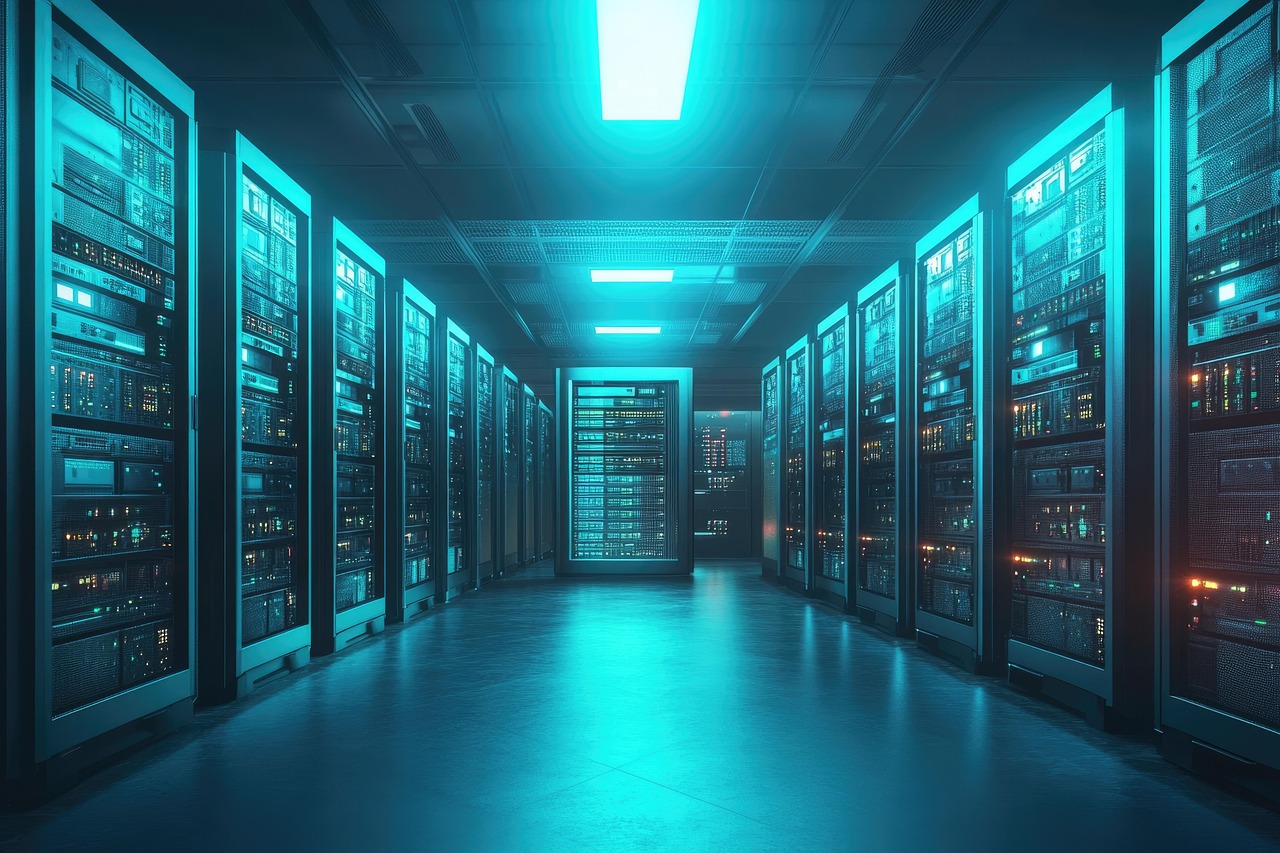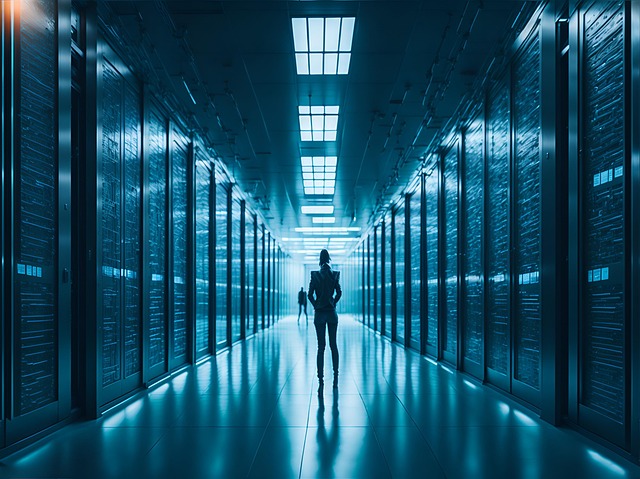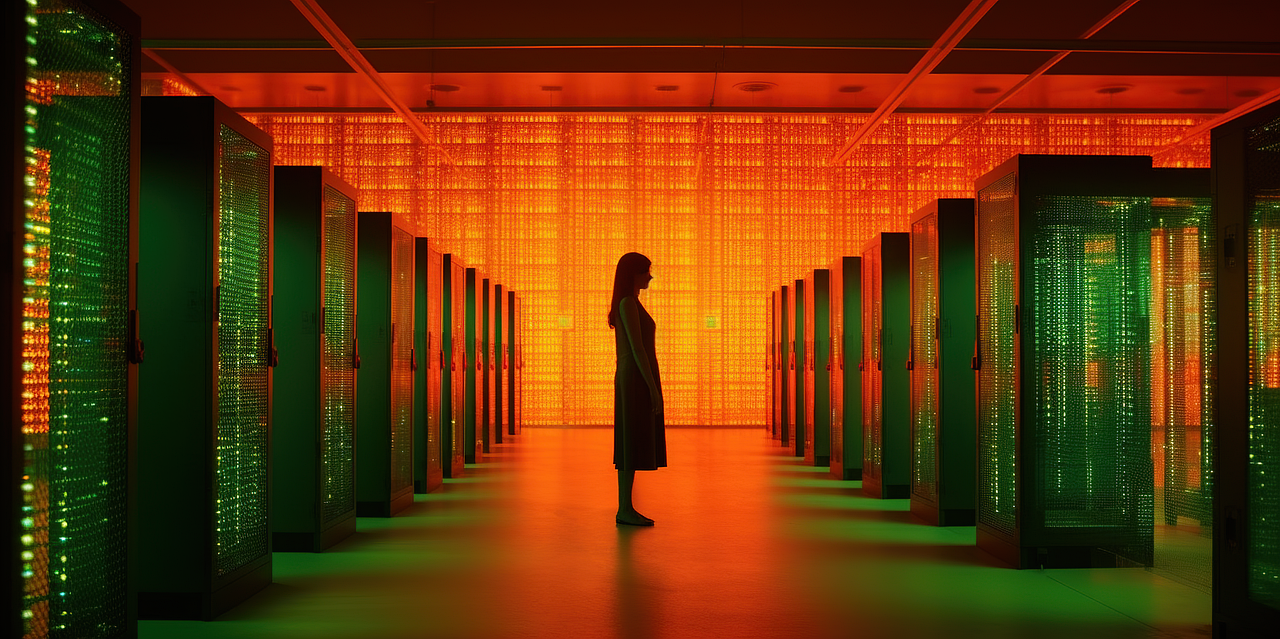Artificial Intelligence (AI) is revolutionizing industries worldwide, but a new report highlights an overlooked challenge: AI data centers’ water consumption. That’s an 11-fold increase compared to 2024 estimates.
This dramatic rise shows how AI growth is directly linked with environmental sustainability, especially water usage. The report stresses that unless new technologies and renewable energy are adopted, the AI industry’s water footprint could pose serious risks to global water resources. AI Data Centers
Why Do AI Data Centers Consume So Much Water?
Running AI requires advanced computing power. These supercomputers and servers generate intense heat and need cooling to run efficiently. Most data center cooling systems rely on water to regulate temperatures.
The report identifies three major scopes of water consumption related to AI:
-
Scope 1 – Cooling Systems (Direct use): Water is used on-site to cool down AI servers.
-
Scope 2 – Electricity Generation (Indirect use): Water is consumed in power plants that supply electricity to AI data centers.
-
Scope 3 – Semiconductor Manufacturing: Producing AI chips and processors involves water-intensive processes.
Among these, electricity generation accounts for the highest share of AI’s water consumption, followed by cooling and chip production.

Semiconductor Manufacturing: A Hidden Water Guzzler
When we talk about AI’s water usage, most people only think of cooling. However, semiconductor manufacturing water consumption is equally important. Facilities producing chips for AI systems can use up to five million gallons of ultrapure water per day. AI Data Centers
This means that even before an AI system reaches a data center, its hardware has already consumed a significant amount of water. This indirect usage is often overlooked but represents a critical part of the AI water footprint.
Projected Water Consumption Scenarios for AI
The Morgan Stanley report presents three possible scenarios depending on cooling technology efficiency, regional energy mix, and water intensity.
| Scenario | Estimated Annual Water Use (Billion Litres) |
|---|---|
| Lowercase | 637 Billion Litres |
| Base Case | 1,068 Billion Litres |
| High Case | 1,485 Billion Litres |
Even in the low case, AI’s demand would still require hundreds of billions of liters annually by 2028.
Localized Water Stress in Data Center Hubs
Although AI’s global water consumption may look modest compared to industries like agriculture, the local impact is severe. More than half of the top AI data center hubs are located in areas already facing medium to high water stress, including risks of drought, flooding, and declining water quality.
For example:
| Region | Water Risk Level | AI Growth Potential |
|---|---|---|
| USA (Silicon Valley, Arizona) | High | Major AI data center hubs |
| UK (London & secondary hubs) | Medium | Expanding cloud AI facilities |
| Canada (Quebec & Ontario) | Medium-High | Growing AI infrastructure |
This shows that as AI expands, countries like the USA, UK, and Canada will need sustainable solutions to prevent worsening water scarcity.
Cooling Systems vs. Electricity Generation
To understand where AI’s water consumption comes from, here’s a breakdown:
| Water Use Category | Role in AI Infrastructure | Share of Total Consumption |
|---|---|---|
| Cooling Systems (Scope 1) | Keeps AI servers cool and operational | Medium |
| Electricity Generation (Scope 2) | Provides massive energy demand for AI centers | Highest |
| Semiconductor Manufacturing (Scope 3) | Produces chips and processors | Lower but significant |
This clearly shows that electricity generation water use is the biggest challenge.
Can AI Become More Sustainable?
The good news is that there are solutions to reduce AI’s water footprint. Some strategies include:
-
Switching to renewable energy sources like wind and solar, which consume less water than traditional fossil fuel power plants.
-
Innovating in semiconductor manufacturing to reduce ultrapure water consumption.
-
Building AI hubs in low-risk regions with abundant water availability.
By adopting these practices, AI companies in the USA, UK, Canada, and beyond can balance AI growth with sustainability.
Final Thoughts
AI has the potential to change healthcare, education, finance, and nearly every industry. But the environmental sustainability of AI is equally important. The Morgan Stanley report makes it clear: by 2028, AI water consumption could grow 11 times, creating risks in water-stressed regions.
If companies and governments invest in sustainable AI infrastructure, this challenge can be managed. The future of AI must not only focus on faster processing and smarter algorithms but also on responsible water and energy management.

FAQs
Q1: Why do AI data centers need so much water?
AI data centers generate massive heat when servers process information. Water is widely used in cooling systems and indirectly through power generation.
Q2: Which country will be most affected by AI’s water consumption?
The USA, UK, and Canada all face challenges. Many US data centers are in drought-prone areas, while London and Canadian hubs are expanding in regions with medium to high water stress.
Q3: Can AI companies reduce water usage?
Yes. By using renewable energy, advanced cooling systems, and efficient semiconductor manufacturing, AI companies can significantly cut water use and improve sustainability.
